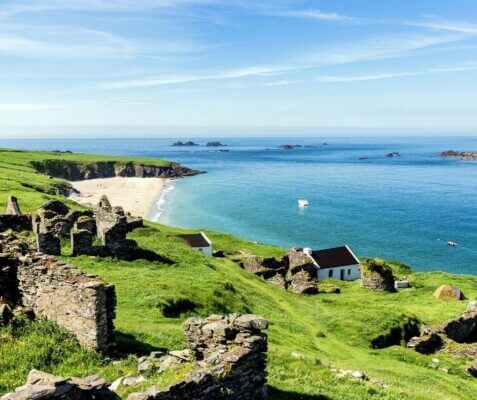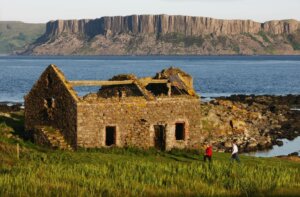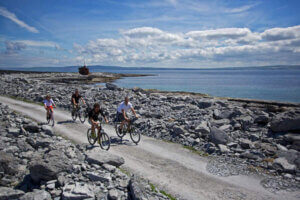Do you crave some downtime in a place that is completely cut off from the rest of the world? The Great Blasket Island, one of a group of six located off the coast of County Kerry is one such place.
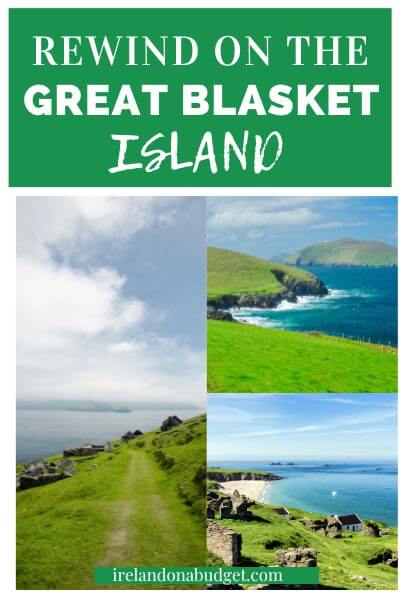 This post and page contain affiliate links and I may earn compensation when you click on the links at no additional cost to you.
This post and page contain affiliate links and I may earn compensation when you click on the links at no additional cost to you.
Now long deserted, the island is one of Ireland’s most famous offshore islands due in part to a resident who made her way into Irish language textbooks, much to the disdain of many an Irish secondary school student, and to its evacuation by the Irish government in 1953.
Life here was most definitely hard, with each family owning a cow, a couple of sheep, and a plot of potatoes.
Fuel was provided by the nearby bog and additional sustenance came from the sea, which proved to be particularly fortuitous for the islanders who, unlike their fellow native Irish on the mainland, did not have to depend on the potato.
As a result, they came out of the Famine pretty much unscathed.
Peig Sayers is the island’s most notable former resident, a noted storyteller whose autobiography, Peig, depicts the declining ways of the Irish culture, as well as the poverty experienced by residents of the Great Blasket Island.

- Book the best tours and guides on Tripadvisor, Viator or GetYourGuide
- Get reliable travel insurance with Travel Insurance Master
- Get the best flight tickets with Aviasales
- Rent a comfortable car via Discovercars
- Find the best accommodation on Booking.com or BandBIreland
Peig’s Life
Peig was born Mairéad Sayers on March 29, 1873, in Dunquin, a small village that is located on the most westerly tip of the Dingle Peninsula.
Known as “Peig” after her mother, Margaret Peig Brosnan, she was the youngest child of the family.
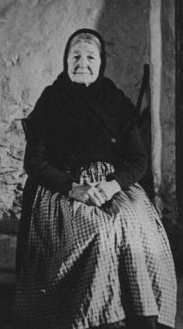
She was taken out of school at age 12 to work for a family in the nearby town of Dingle. She spent two years there and returned home due to an illness.
Peig had every intention of emigrating to America to her friend, Cáit Boland, but Cáit was unable to forward the needed fare, which sealed Peig’s fate and her future in Ireland.
She later married a local fisherman and settled on the Great Blasket Island. She would eventually give birth to 11 children, six of whom survived.
It wasn’t until the 1930s that Peig was encouraged to tell her life stories to her son Micheál.
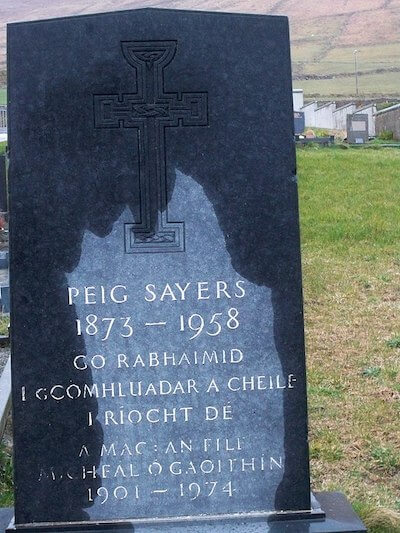
By clicking on the Amazon link below, I may earn a small commission from the Amazon Associates Program. However, you will not incur any additional costs by doing so.
That resulted in the publication of the book, “Peig” in 1936.
If you’re visiting the Dingle Peninsula, you simply can’t leave the region without hopping on a boat to the Great Blasket Island to get a glimpse of how Peig and the other islanders lived.
As a primer for your visit to the island, stop at the Blasket Island Centre in Dingle.
Here is what you can expect to see.
The Great Blasket Island, the Perfect Place for Exploring
Because the island is uninhabited, this means that there are only a handful of tourist attractions to be seen.
But that’s not why most people come to the island in the first place.
Daytrippers arrive eager to explore the abandoned buildings on the island and to enjoy the remoteness of the place by walking, hiking, swimming, bird and whale watching, and even picnicking on Trá Ban, the beautiful sandy beach near the pier.
A survey conducted in 1991 recorded a total of 65 buildings that were part of the Blasket Village, which actually consisted of an Upper Village (Barr a‘Bhaile) and a Lower Village (Bun a’Bhaile).
Approximately 29 of those were used as homes, with the remainder serving as outbuildings for animals.
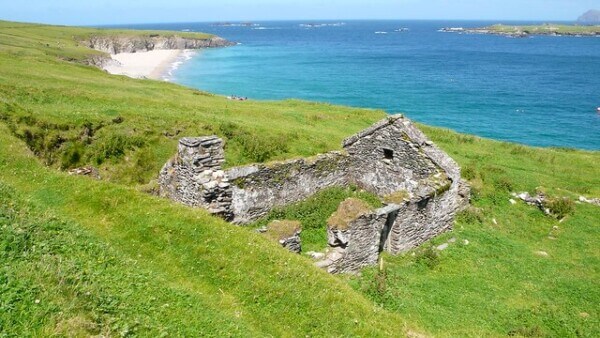
Today, most of those are in ruins, the result of the harsh elements that batter the island during the winter months.
Some, however, have been salvaged and are now used as places for people to stay overnight.
The renovated cottages are equipped with basic amenities only.
Visit the Home of Tomás Ó Criomhthain (O’Crohan)
The home of the renowned Great Blasket Island writer Tomás (Thomas) Ó Crioimhthain (O’Crohan) has been restored by the Office of Public Works and is open to visitors.
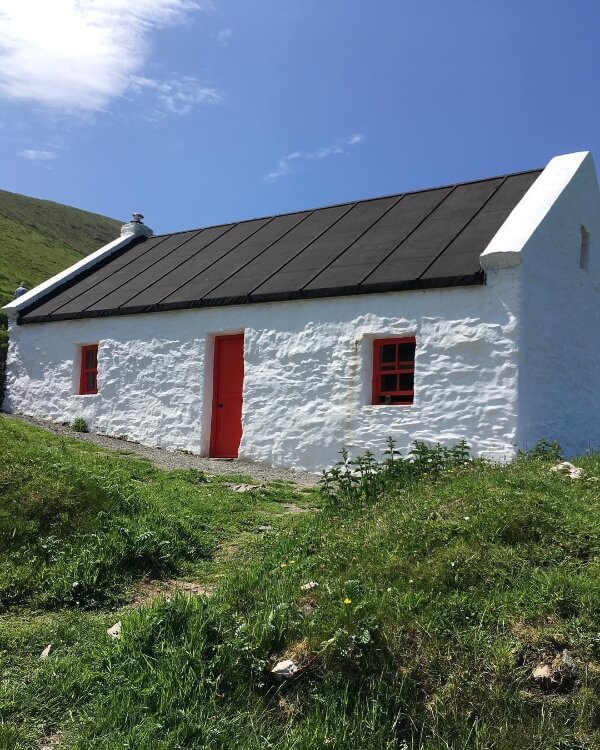
Inside you’ll find an authentic dresser with appropriate dishware (or delph as it would have been commonly known), a table and chairs, and other artifacts commonly found in homes across the island.
By clicking on the Amazon links below, I may earn a small commission from the Amazon Associates Program. However, you will not incur any additional costs by doing so.
O’Crohan’s published work, called “The Islander” (An tOileánach), was his own account of island life.
Peig’s former home, which was one of five of the island’s “new houses” built by the Congested Districts Board between 1908 and 1916, is now owned by the state and is used as a hostel.
Stay Connected while in Ireland with Wifi Candy – take 10% off with code IOB2024
Visit the Ruins of Maurice O'Sullivan's Blasket Island Home
More widely known by his native Irish name Muiris Ó Súilleabháin (Maurice O’Sullivan) is also renowned for his literary acumen.
In his Irish-language memoir Twenty Years A-Growing (Fiche Blian ag Fás) O’Sullivan recounted his childhood growing up on the windswept island.
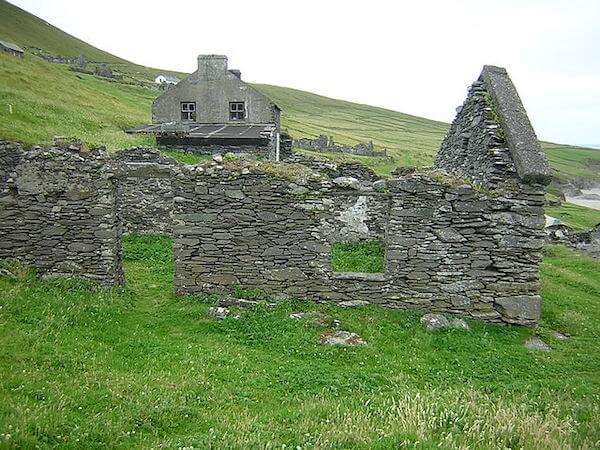
It received critical, and at times, condescending acclaim as some critics felt it portrayed a purely primitive culture.
Following the death of his mother when he was just six months old, O’Sullivan was sent to an institution in Dingle.
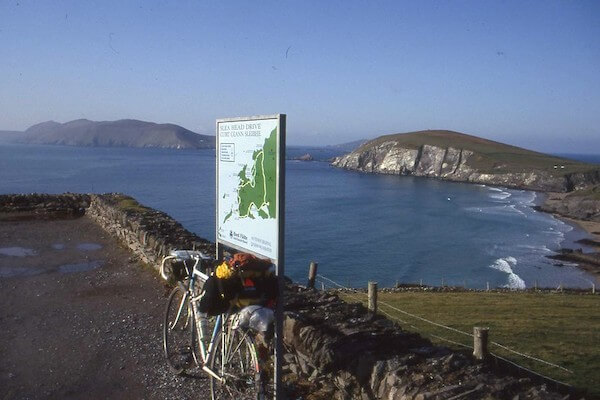
However, at 8, he returned to his father, grandfather and siblings and it was during his formative years on the island that he acquired an understanding of the Irish language.
He joined the Irish police force (Garda Siochana) in 1927 and was eventually stationed in Connemara, where he died of drowning in 1950.
You can still see the ruins of O’Sullivan’s childhood home on the Great Blasket Island.
The Island’s Rich Wildlife
To experience the Great Blasket Island is to experience the rich diversity of wildlife that it contains.
Some consider this beautiful windswept place the Galapagos Islands of Europe.
Some of the amazing birds you’ll spot here include diving gannets, choughs (part of the crow family of birds), and white-tailed eagles.
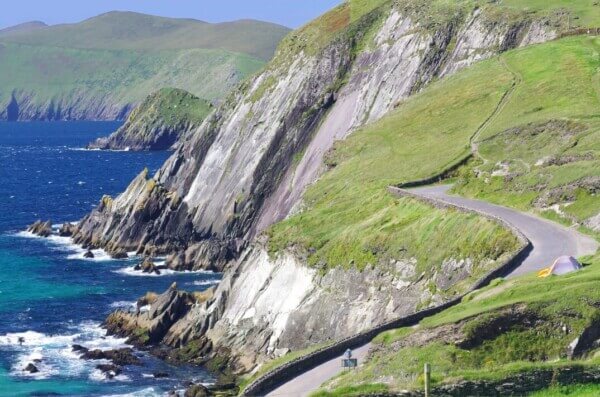
The sea surrounding it also has a diverse population, with basking sharks, humpback whales, fin whales, Minke whales, bottlenose dolphins, and the silvery-white Risso’s dolphins, all frequent visitors.
If you want to get an up-close look at the island’s marine life, be sure to take an eco marine tour.
Heritage Sites on the Great Blasket Island
Among the interesting heritage-related sites on the island include The Tower, which was built by the British as protection from a possible French invasion.
The Tower was the largest and highest building on the island, built around 1815. It was destroyed by lightning in the 1930s.
Find B&Bs in Ireland
The Fort
Situated on a clifftop close to the summit of what is known as “Cnoc a’Duna,”
The Fort is an ancient site harkening back to a much earlier time in the island’s history.
The Bright Beehives
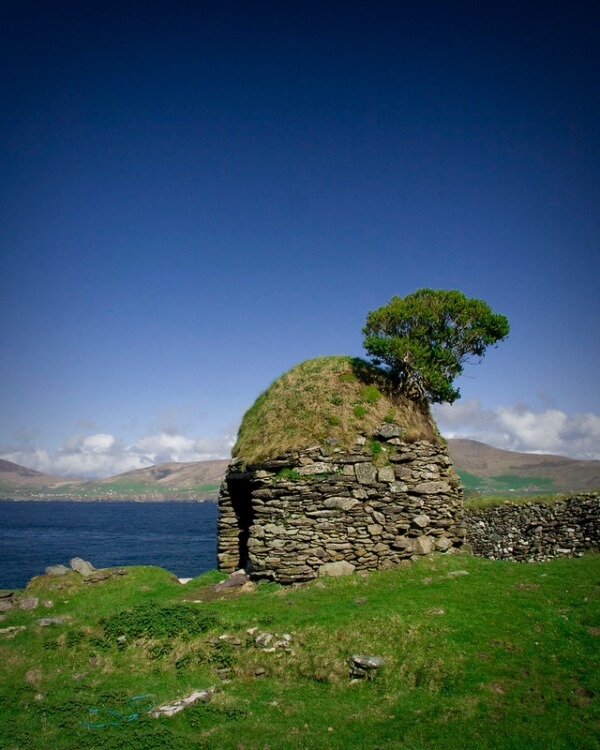
These stone mounds are scattered on a plain behind the “Cró,” the highest point on the island.
If you manage to hike to this part of the Great Blasket, you’ll be rewarded with outstanding views of the island and the mainland beyond.
Where to Stay on the Great Blasket Island
There are five restored cottages available for rent on the Great Blasket Island.
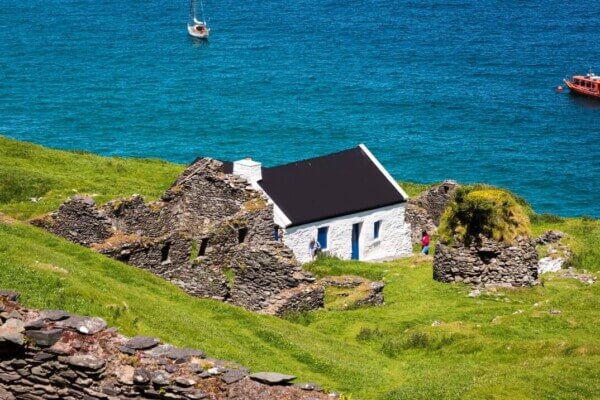
Each cottage consists of two bedrooms, a living area, a dining area/kitchenette, and a bathroom.
Each house also includes two fuel-burning stoves as well as fire buckets.
How to Get to the Great Blasket Island
Passenger ferries are available from April through September at the Dunquin Pier, the marina in Dingle, or from the marina at Ventry Pier courtesy of The Blasket Island Ferries.
The journey across takes anywhere from 20 to 40 minutes depending on your departure point.
Tickets for passengers 16 and up are €40 round-trip.
Are you eager to experience the Great Blasket Island? Let me know in the comments below.

